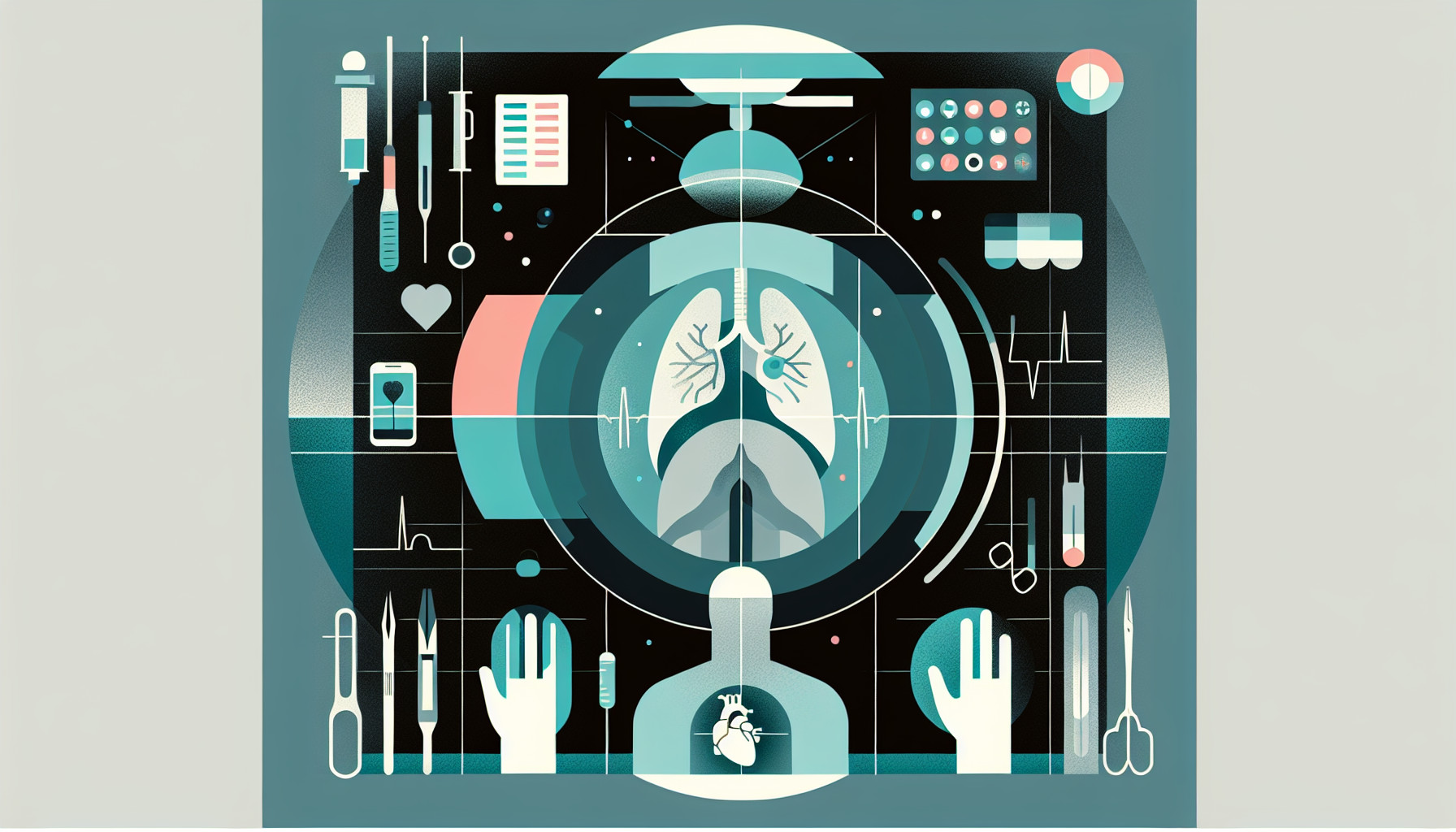Our Summary
This research paper is about a study on the effectiveness of a method used for reconstructing the nipple after a breast has been removed due to breast cancer. The researchers used a material called Rapiplug, implanted into two types of surgical flaps (C-V and Hammond), to recreate the nipple. They evaluated the outcomes of this method by measuring the size, shape, and patient satisfaction over a period of a year.
The study found that most complications after surgery were manageable and only one case required a second surgery. Over the course of the year, the size of the reconstructed nipple did decrease, but most of this reduction happened within the first 3 months and then slowed down.
Overall, the majority of patients were satisfied with the results – both in terms of how their new nipple looked and how it felt. This suggests that using Rapiplug for nipple reconstruction after breast cancer surgery can provide good, lasting results with few serious complications.
FAQs
- What is Rapiplug and how is it used in nipple reconstruction surgery?
- What were the results of the study on the effectiveness of using Rapiplug for nipple reconstruction?
- Were there any serious complications observed in the study following the nipple reconstruction surgery?
Doctor’s Tip
A doctor might tell a patient undergoing nipple reconstruction after breast cancer surgery to expect some initial reduction in size of the reconstructed nipple, but that this typically stabilizes after the first few months. They may also advise the patient that most complications are manageable and that overall satisfaction with the results is typically high. It is important for the patient to follow post-operative care instructions and attend follow-up appointments to ensure optimal healing and results.
Suitable For
Patients who have undergone a mastectomy, either as part of breast cancer treatment or as a preventive measure, are typically recommended nipple reconstruction. This includes patients who have had a single or double mastectomy, as well as those who have undergone breast-conserving surgery but have lost their nipple due to cancer. Nipple reconstruction can help restore a sense of normalcy and femininity for these patients, improving their self-esteem and quality of life after breast cancer treatment.
Timeline
Before nipple reconstruction:
- Patient undergoes mastectomy to remove breast due to breast cancer
- Patient heals from mastectomy surgery
- Patient consults with plastic surgeon about nipple reconstruction options
- Patient decides on Rapiplug method for nipple reconstruction
- Patient schedules surgery for nipple reconstruction
After nipple reconstruction:
- Patient undergoes surgery for nipple reconstruction using Rapiplug
- Patient experiences initial swelling and discomfort after surgery
- Patient follows post-operative care instructions to aid in healing
- Size of reconstructed nipple decreases over the first 3 months post-surgery
- Patient experiences gradual reduction in size of reconstructed nipple over the course of a year
- Patient experiences few complications, with only one case requiring a second surgery
- Patient reports satisfaction with results in terms of appearance and sensation of new nipple
- Researchers evaluate outcomes of nipple reconstruction method over a year and find it to be effective with good patient satisfaction and few serious complications.
What to Ask Your Doctor
- Can you explain the nipple reconstruction procedure to me in detail?
- What are the potential risks and complications associated with nipple reconstruction using Rapiplug?
- How long will the recovery process be after nipple reconstruction surgery?
- Will I experience any discomfort or pain during the healing process?
- How soon after the initial surgery can nipple reconstruction be performed?
- Will the size and shape of the reconstructed nipple change over time?
- Are there any specific post-operative care instructions I should follow to ensure the best outcome?
- What are the expected long-term results and satisfaction rates for patients who have undergone nipple reconstruction using Rapiplug?
- Are there any alternative methods for nipple reconstruction that I should consider?
- How often will I need to follow up with you after the surgery for monitoring and evaluation of the reconstructed nipple?
Reference
Authors: Lee JS, Kwon JH, Lee JW, Choi KY, Chung HY, Cho BC, Yang JD. Journal: ANZ J Surg. 2019 Mar;89(3):E71-E75. doi: 10.1111/ans.14410. Epub 2018 Feb 8. PMID: 29423974
